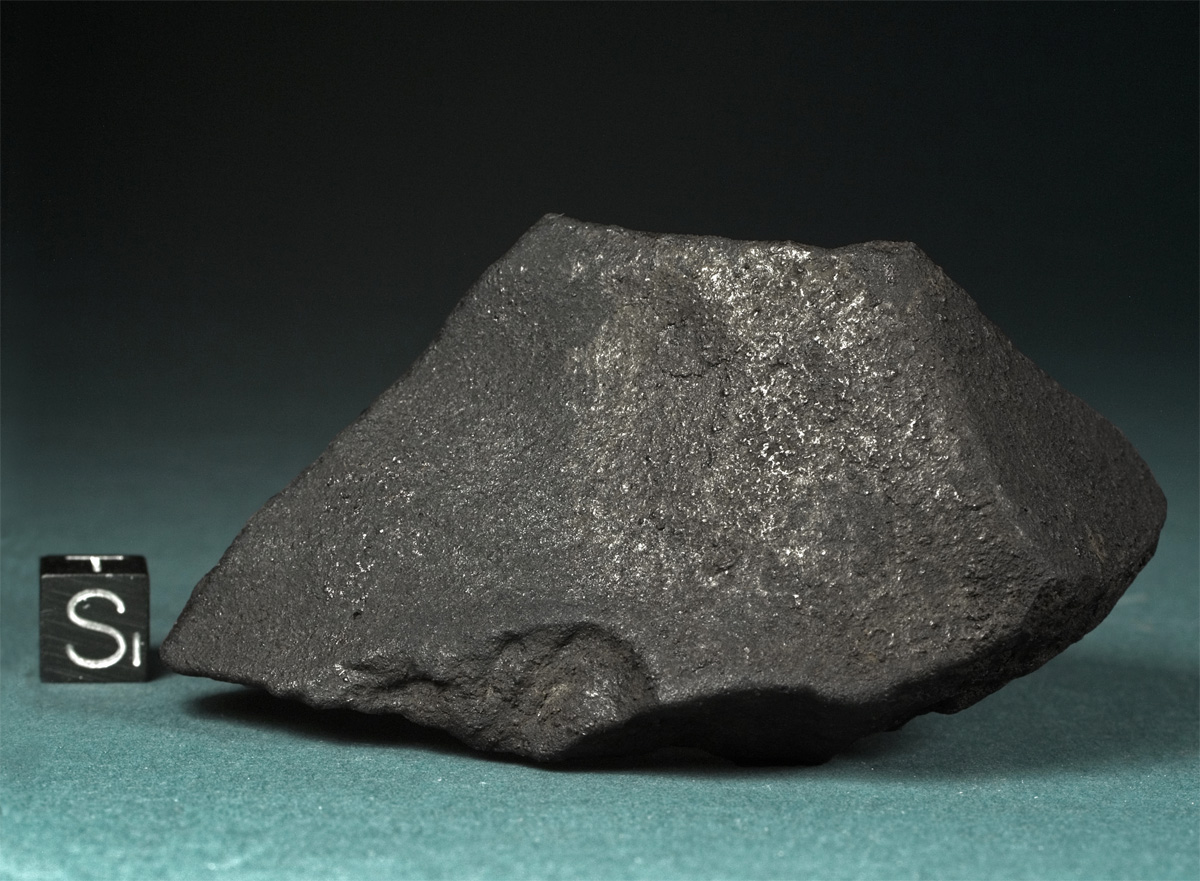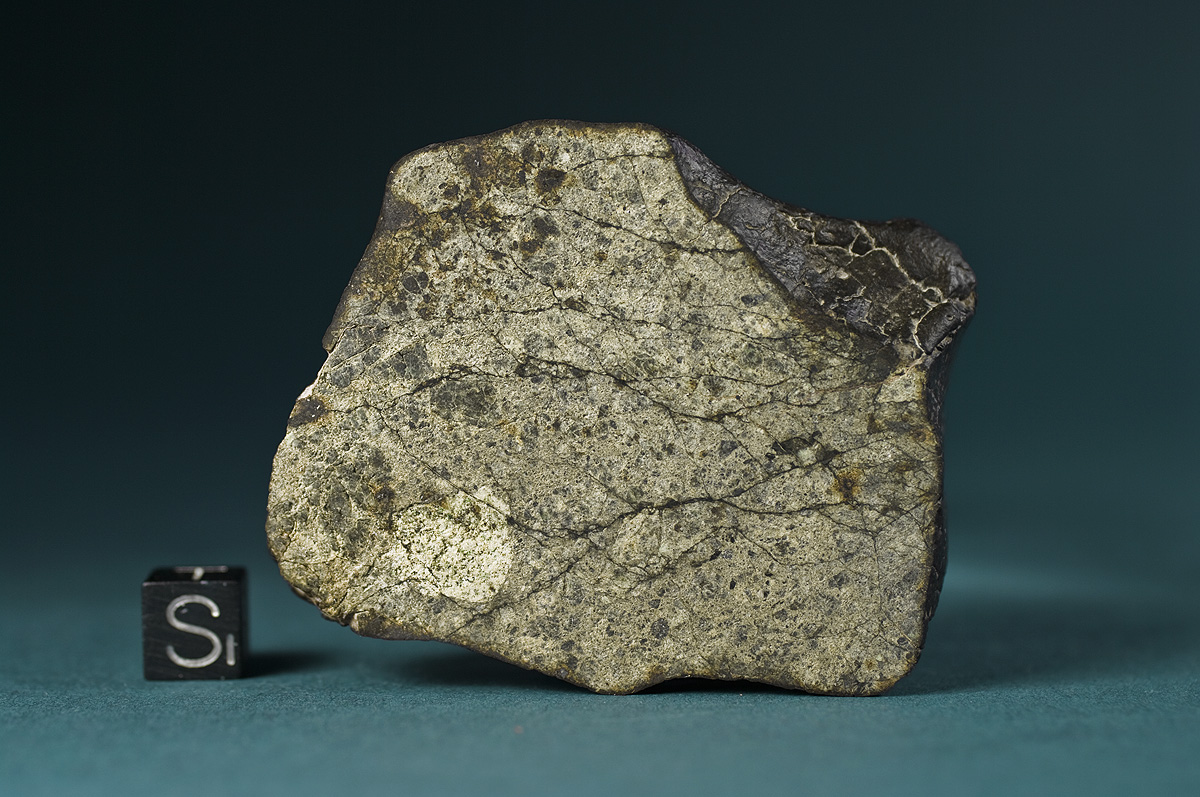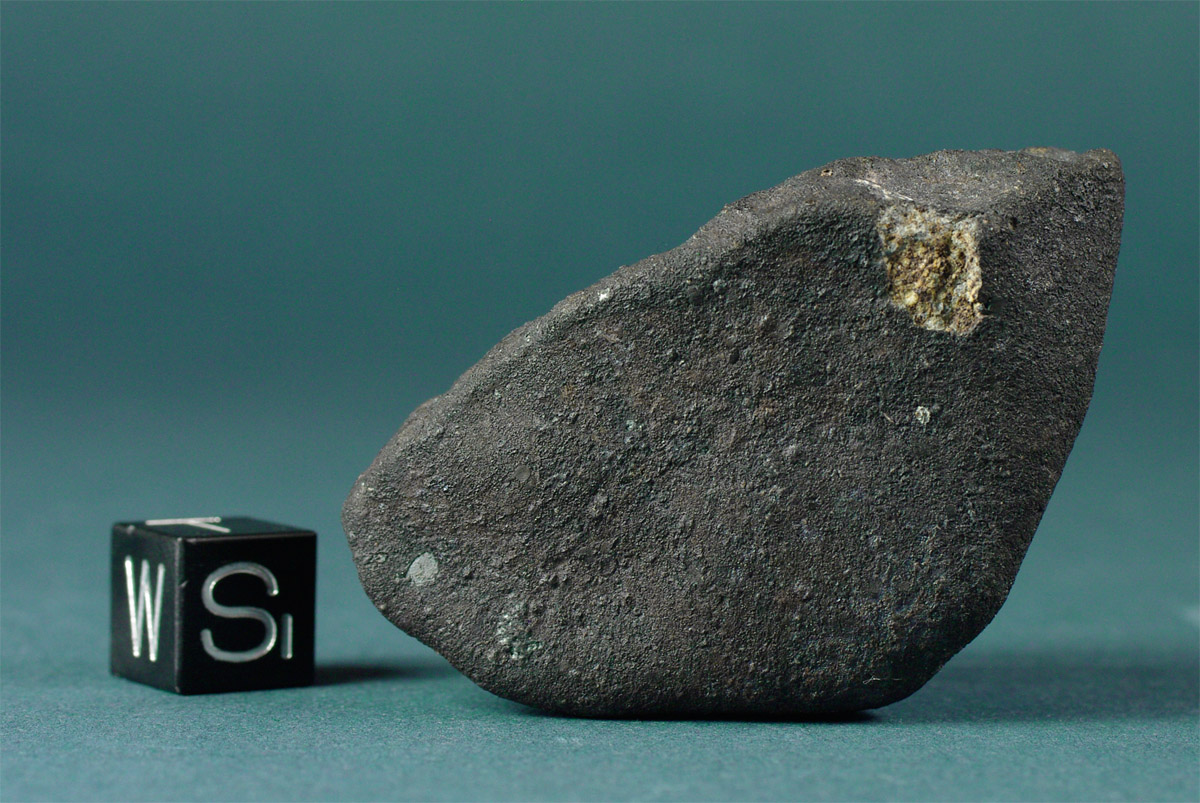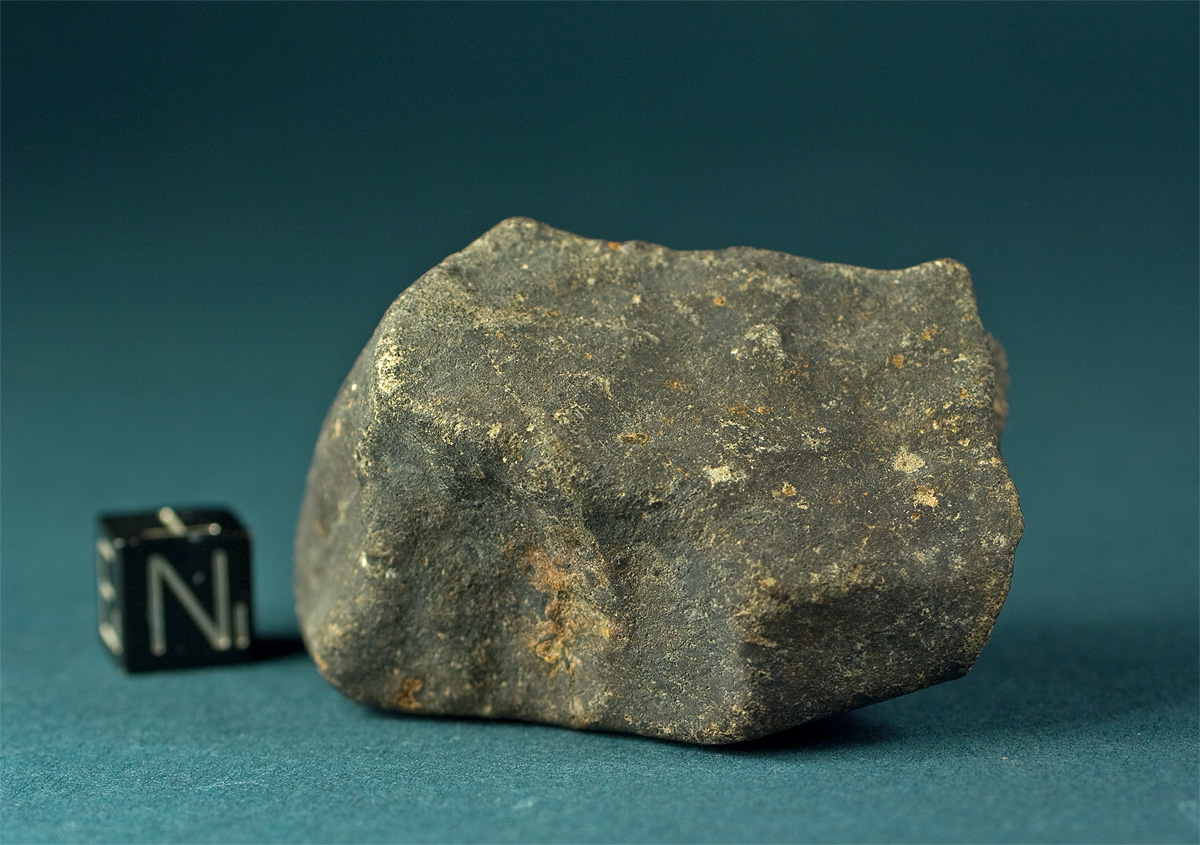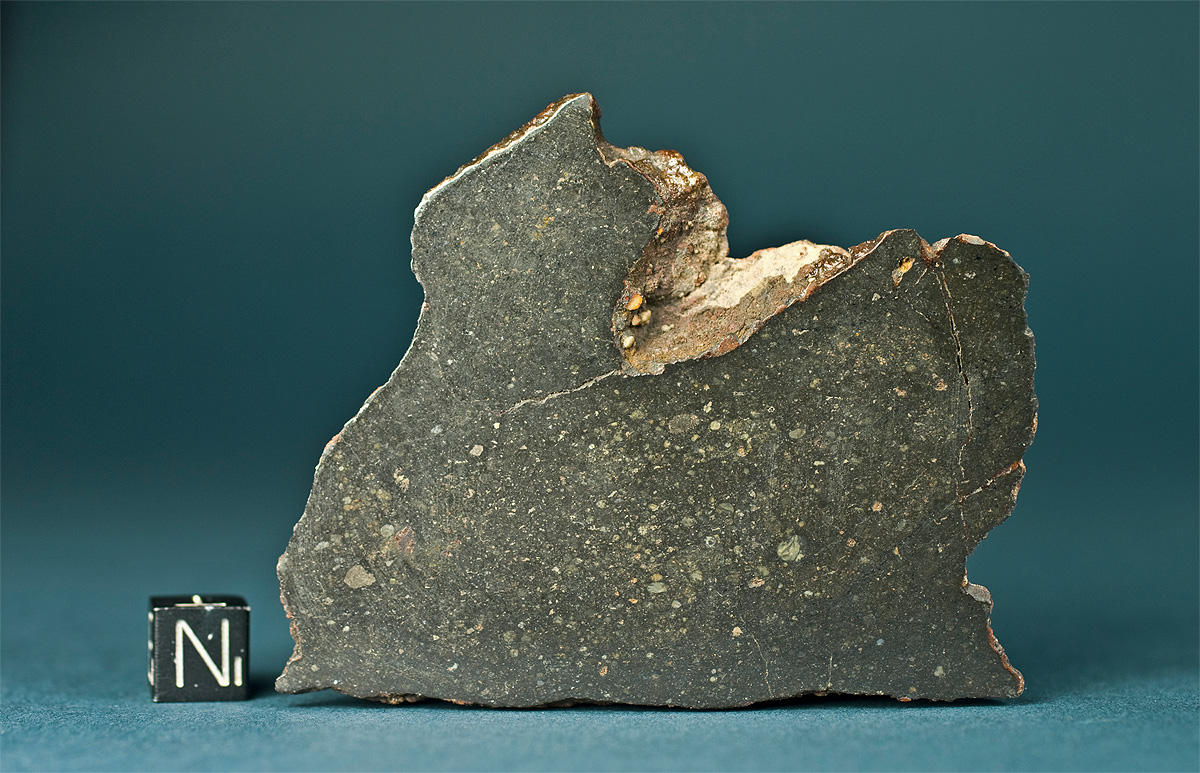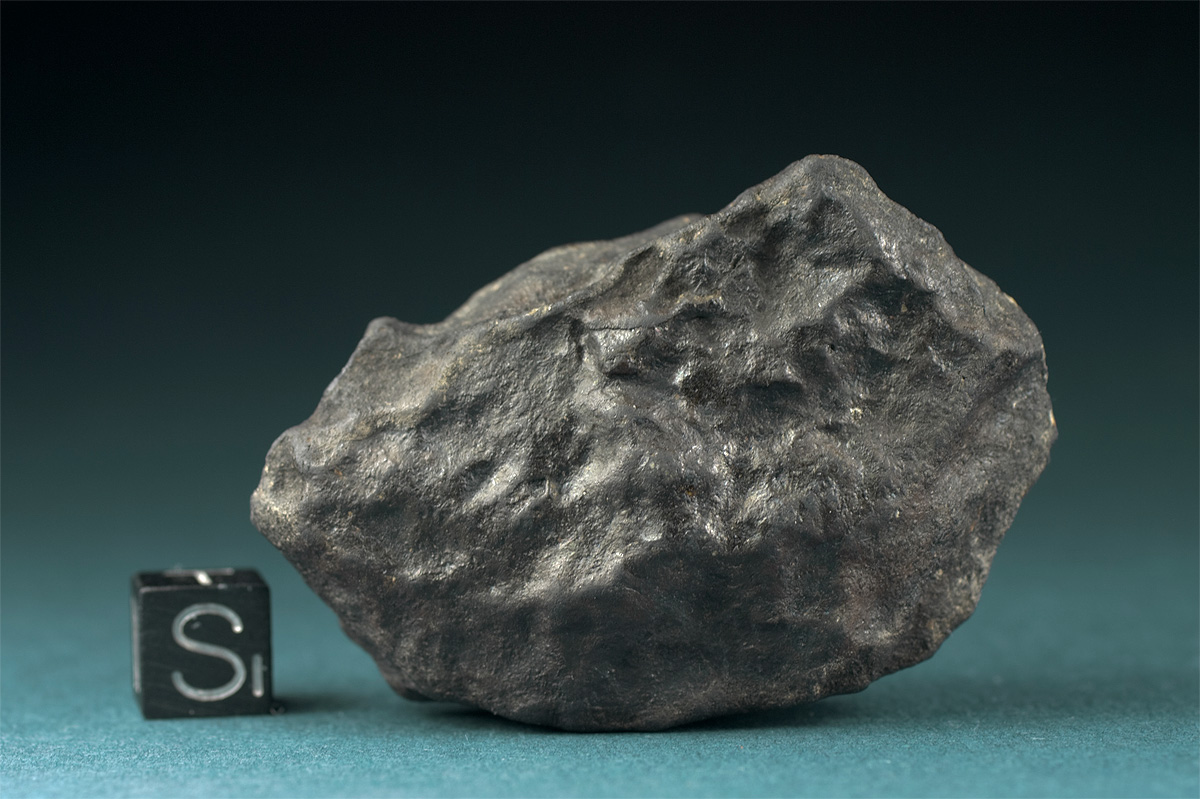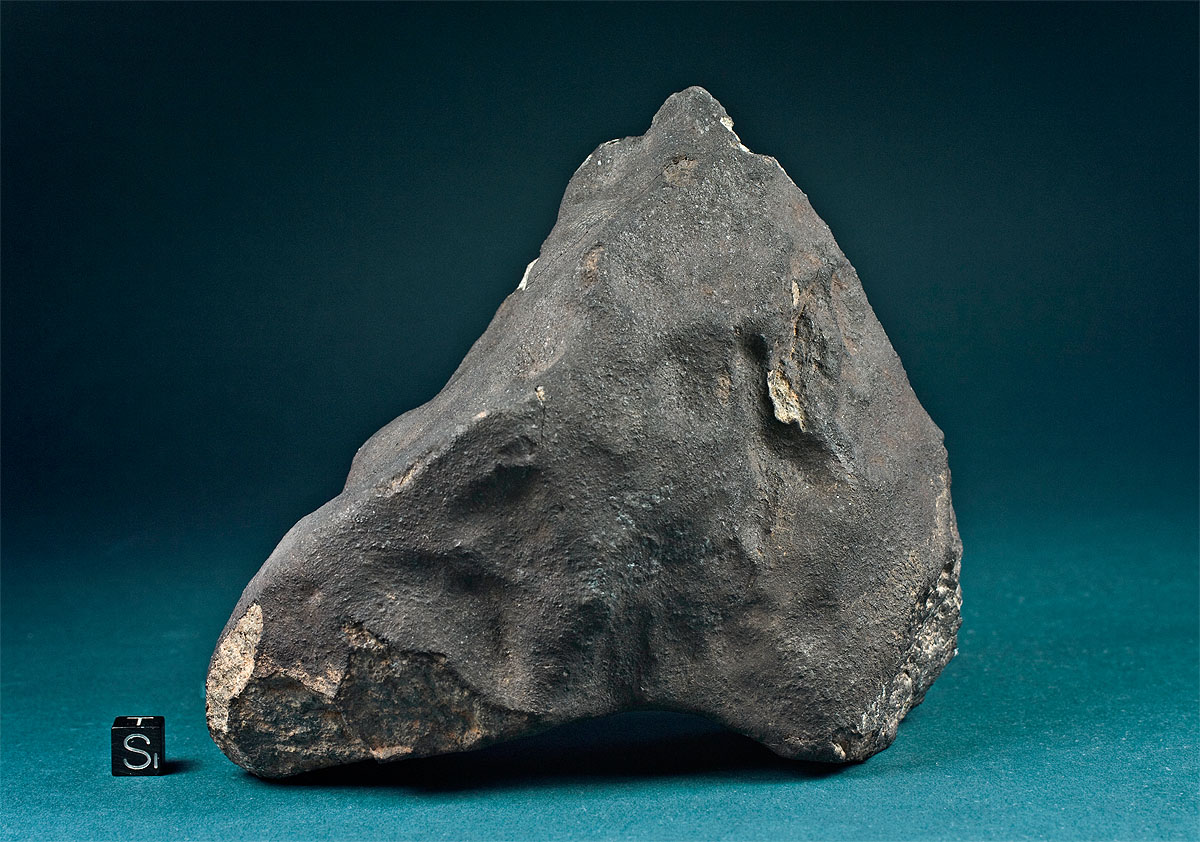Meteorite Recon | Chondrites
Meteorite search expedtions into continental deserts, meteorite features, collection specimens and photography
Meteorites, Meteorite, meteoritic, iron, meteorites, photos, pictures, in situ, strewnfield, strewn field, impact, fall, finds, Meteorite searching
147
archive,paged,tax-portfolio_category,term-chondrites,term-147,paged-3,eltd-core-1.0.1,ajax_fade,page_not_loaded,,borderland-ver-1.8, vertical_menu_with_scroll,smooth_scroll,paspartu_enabled,paspartu_on_top_fixed,paspartu_on_bottom_fixed,transparent_content,grid_1300,wpb-js-composer js-comp-ver-6.0.3,vc_responsive,elementor-default,elementor-kit-6471

Stone, chondrite, H5 transitient to H impact melt breccia
SW El Mokhtar, Erg Chech, Timbuktu district, Mali
Fall: July 2007, daytime
TKW: ~100kg
Individual 1,183 g
“History: In fall and winter, 2007 ~100 kg of meteorites were collected in the Erg Chech, north of Taoudenni. Nomads reported the stones fell after a smoke cloud was seen and several detonations were heard over a wide area during daytime in July 2007. The finder of the first meteorites was Mr Ouled Bleila, who died in a car accident on his way back from the trip to the Chergach strewn field in October 2007. According to the Tuareg people from Algeria who visited the fall site in September 2007, the elliptical strewn field stretches for more than 20 km in a northeasterly direction. No fireball was reported. “Meteoritical Bulletin 94, 2008.
This specimen is a brick-shaped individual with fresh fusion crust, gently curved flanks, lipping on several edges and radial flow lines on one surface (pictured). Obvioulsy this was the front end in the last stage of the ablation phase. Elegant and immaculate meteorite.
The 2nd collection specimen is a 492 g dhield-shaped oriented individual with convex breastside and centred apex. Radial flow lines and distinct splash marks originating from the apex cover the complete convex breastside. The flow lines run around the smoothened edges and disappear into deep gorge shaped regmaglypts on the retral flanks. These furrows contributed to a stable flight attidude of the projectile. The trailing edge shows a distinct melt rim along three quarters of the edge. Fusion crust on the breastside is deep black with flow lines and splash marks shimmering in the light as if still liquid. The trailing edge displays a thick fusion crust with a more velvet like texture and a shade of brownish red. The meteorite measures 10.2 x 9.4 x 3.9 cm.
Stone, carbonaceous chondrite, CO3.2
Muslyumovo, Tartarstan, Russia
Fall: Spetember 13, 1937, 14:15hrs
TKW: ~200 kg
Individual 265.30 g
Fully crusted individual with pyramidal shape and trapezoid base. The specimen has seven surfaces of which two display primary fusion crust while the remaining show secondary crust. The mass apparently sheared off a larger mass while still in the hot flight phase. This particular meteorite was recovered using metal detectors by a Russian field team in Spring 2008. Although in the ground for 71 years, the meteorite shows only very little weathering. The lower photograph shows the meteorite in situ.
Stone, chondrite, LL6, S3, W1
Northwest Africa
Find: 2007
TKW: >212.90 g
Endcut: 179.92 g
This meteorite was purchased at the St. Marie aux Mines Mineral Fair in June 2008 from a Moroccan seller as an “eucritic achondrite”. In the classification at the MNB the specimen was recognized as an ordinary shocked LL6 chondrite. The meteorite has been classified by the Institute of Mineralogy at the Museum of Natural History / Humboldt University in Berlin, Germany, and published in Meteoritical Bulletin, no. 101, MAPS 47.
(syn.: AMGALA)
Stone, chondrite, H3-5, W0
Gour Lafkah, Western Sahara
Fall: October 16, 2003, 02:20 UT
TKW: ~17 kg
Individual: 65.00 g
The Oum Dreyga meteorite fell in Western Sahara after a brilliant fireball in a heavily mined area along fortified positions of the Moroccan Army guarding the border to Algeria. The current MINURSO fort where a detachment of the United Nations is stationed to survey the Western Sahara conflict is only a few kilometers from the fall site. Only a fraction of the fallen meteorites could be recovered in the difficult and rocky terrain. The 65 g individual shows a thick rich fusion crust with one surface enclosed by lipping.
Stone, chondrite, L6, W0
Tenham Station, South Gregory, Western Queensland, Australia
Fall: Feb., March or April 1879, between 2 and 3 a.m. local time
TKW: >200 kg
Individual 98.90 g
Bright meteors were seen moving roughly from east to west. More than 300 stones were subsequently recovered from a 12 x 3 miles strewn field at Tenham Station, Western Queensland. Remarkably and unlike most other falls, the larger masses of Tenham fell at the beginning of the strewn field and not at the end of the distribution ellipse. (see Brian Hellyer: “The Mass Distribution Of An Aerolithe Shower – Tenham, Queensland, 1879”). The pictured specimen is a fully crusted individual displaying only a slight dust patina on the otherwise well preserved fusion crust.
Stone, chondrite, L5, S5-6 xenol., W1
Al Wusta, Sultanate of Oman
Find: 1954
TKW: 1.75MT
Endcut: 147.90g
Ghubara is a piece of meteorite history. Together with the L6 chondrite Tarfa it was the first meteorite ever discovered in Oman. Ghuabara also has an intriguing lithology. There are numerous clasts and inclusions in the chondrite. Some of them providing links to enstatite chondrites (see M.A. Ivanova et al.: RUTILE AND Mn-RICH CHROMITE-BEARING SULFIDE NUGGETS IN AN UNUSUAL INCLUSION FROM THE GHUBARA (L5) CHONDRITE). The lower image shows a facsimile of the original entry in the Meteoritical Bulletin no. 13, Moscow (1959). Specimen is a present from the finder.
Stone, chondrite, H5, W0
Shandong Province, China
Fall: February 15 1997, 23:23, Bejing time
TKW: >100kg
Individual 102.20 g
“A shower of small stones (>1000 individuals) fell near the Yellow River after a brilliant fireball with smoke and sparks terminated in a loud, resonating explosion. The fall ellipse measured ~10.5 x 4.3 km, oriented east-west. The largest recovered piece weighed 2.7 kg, and the total mass is >100 kg. One fragment was reported to have penetrated a roof and landed in a pot on a stove.” Met. Bull 82. This specimen is a kidney shaped individual with secondary fusion crust on four surfaces. The fall fresh fusion crust displays numerous delicate regmaglypts and flow features.
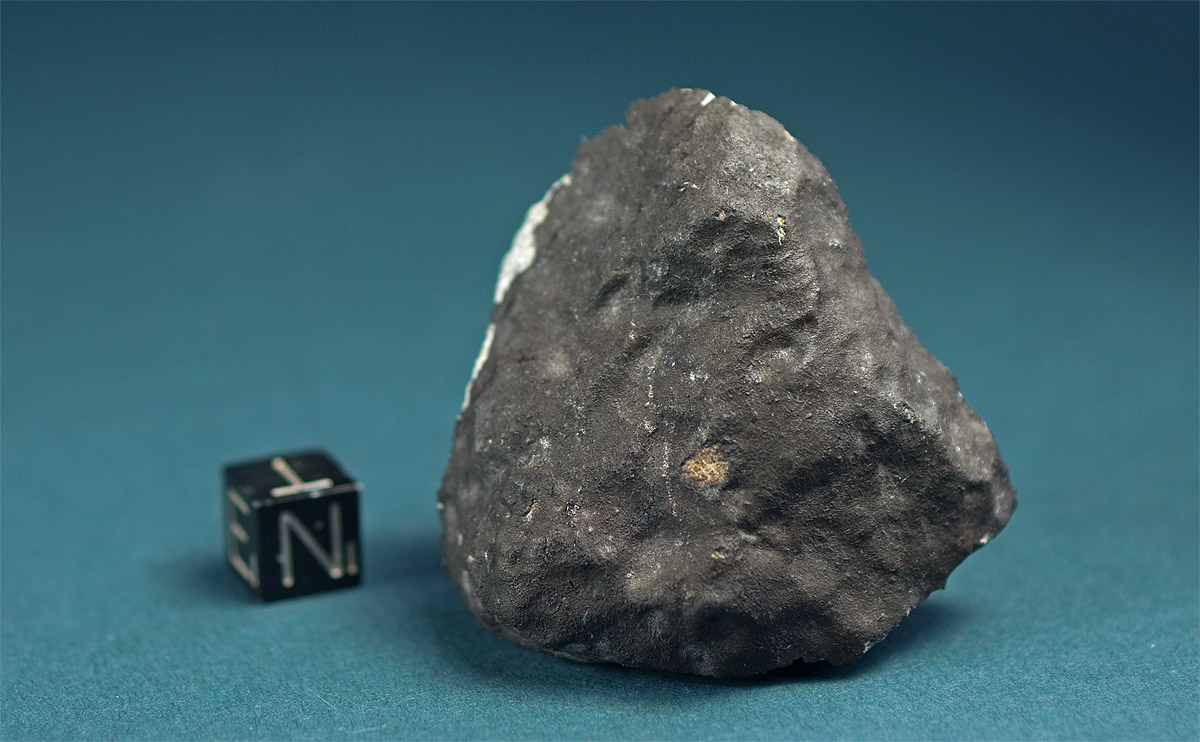
Stone, chondrite, LL6, W0
Aztec Railway station, Navajo County, Arizona, USA
Fall: July 19, 1912, between 6.30 and 6.40 p.m. local time
TKW: >210kg
Fragment 79.20 g
After several loud detonations more than 14000 meteorites fell near the Aztec Railway yard, six miles east of Holbrook. The fall was witnessed by hundreds. As the sinking of the Oceam liner HMS Titanic in April of the same year, the news of the event soon spread worldwide via telegraph. Until today the Holbrook meteorite is considered among the most important meteorite falls in the history of the US. The pictured specimen was taken from a larger mass at the Mineralogical Museum of Harvard University and subsequently acquired for the Sal Avella collection. Later it was part of the Langheinrich meteorite collection. The fragment displays one surface coated with secondary fusion crust and a second fragmented surface with a large troilite aggregate. There is no oxidation visible on the meteorite. Specimens like this have become hard to acquire on the market.
Stone, chondrite, H5, S3, W0
Tamdakht, Quarzazate province, Morocco
Fall: December 20, 2008, 22:37 local time
TKW: ~100kg
Individual 2007 g
After a spectacular and long lasting fireball travelling from west to east in a near horizontal trajectory more than ten masses fell 10 – 15 km north east of Tamdakht in the High Atlas. The first meteorites were found by the help of local nomads in early January. This particular mass (Tiguert n’Ait Farss 01) was found on January 17 about 3 km from the village of Tiguert n’Ait Farss. The meteorite displays thick primary fusion crust on the largest surface and a thin layer of secondary fusion crust on opposite surface, as well as secondary crust on a corner that was sheared off during the last stage of the hot flight (lower photo).

Stone, chondrite, H5, W0
Kirin Province, Manchuria, China.
Fall: 8 March 1976, 1501 hrs
TKW: >4MT
Individual 269 g
“At about 15 hrs (Bejing time) on March 8, 1976, a meteorite shower of unprecedented scale occurred in the northern part of the district of Kirin, Kirin Province. […] . At about 15:01 hrs a red fireball bigger than the full moon and moving southwestward was sighted by some dozens of townspeople of Hsinglung Payen county Heilungkiang Province. During the fireball’s flight over a distance of 300 – 400 km, the incandescent fireball was being observed overhead by thousands of people. During the flight the meteorite body underwent several small explosions and many small fragments fell one after another. A violent breakup occured when the main body of the fireball was over the northeastern part of the Chinchu.” (A Preliminary Survey Of The Kirin Meteorite Shower, by the Joint Investigation Group of the Kirin Meteorite Shower, Academia Sinica, October 1976). Until present, the 1170 kg main mass of the Jilin meteorite is the largest stone meteorite on earth. The collection specimen pictured is an individual of 269 g that was found in the village of Jintun.





